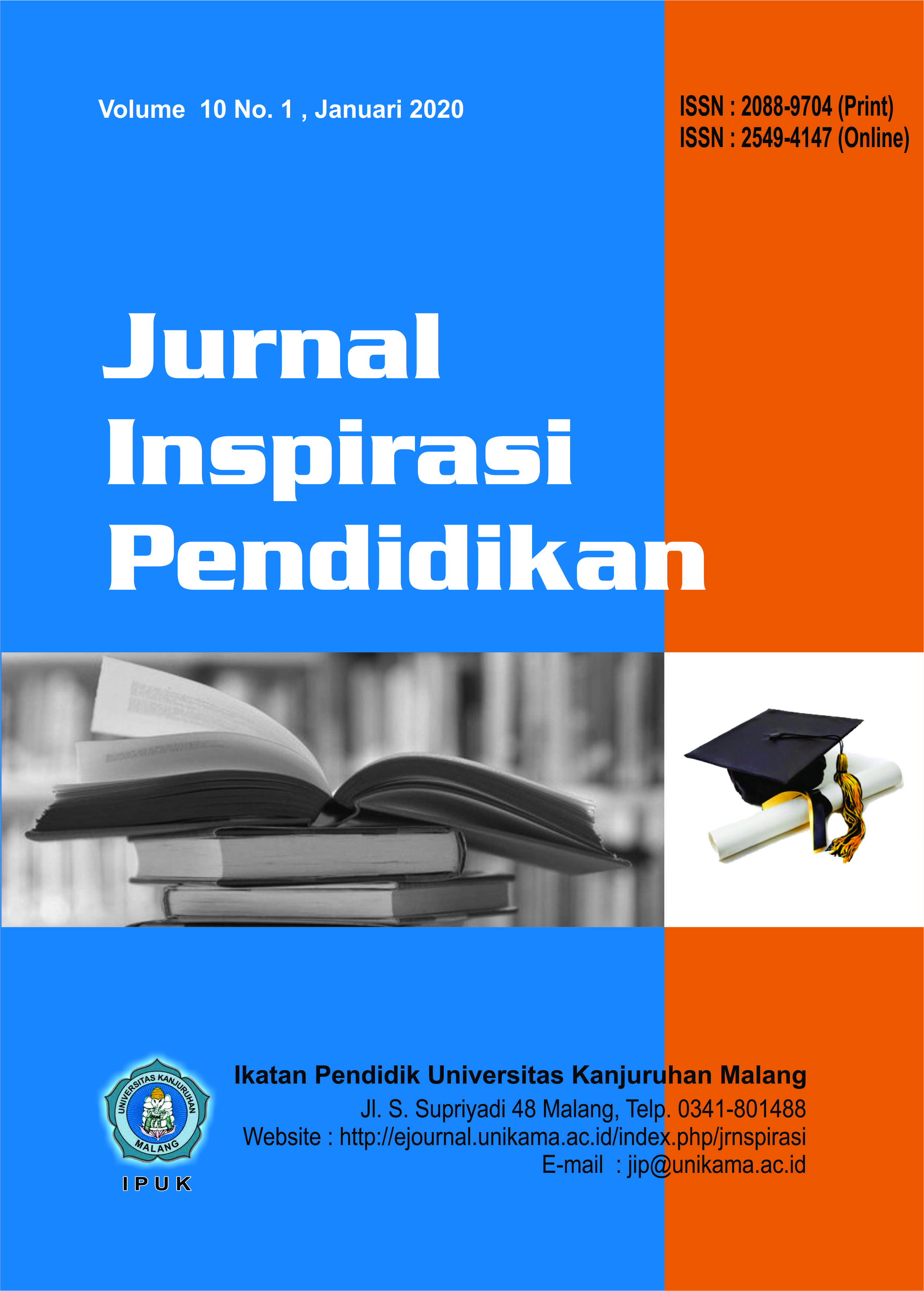The Application of Presentation Practice Production Method for Teaching Speaking Skill: The Perception of Teachers and Students
Main Article Content
Abstract
The research is to know the application of teaching English by Using “Presentation Practice Production†method and its effect on teachers and students in MI Masyhudiyah, Gresik, East Java. Qualitative research was used by combining questionnaire, interview and secondary data, teachers’ lesson plan of all English Teachers. The theory was based on (Larsen, 2003), (Jordan, Carlile, & Stack, 2008) and (Brown, 2000). The finding and discussion were, first, the application on teachers created: 1) the students tent to be more having bravery to do such a conversation in English, getting more focus and stable to have talks among. 2) The students got easily imitate and follow the English lesson by what the teacher taught in the classroom. Second, the effects on teachers were 1) teachers got the easiness in conveying the teaching materials in the classroom, improving the speaking skill, and getting more focus on teaching materials. 2) Teachers could see directly the results from the teaching at the day. The last, the effect on students are 1) Students could directly use the words, utterances and conversation at the day and more active, more focus and more perceptive in studying English. 2) The students were impressed by using English fingers.
Article Details
The journal allows the author(s) to hold the copyright without restrictions.Â
References
Cresswel, J. (2012). Educational Research: Planning, Conducting and Evaluating Quantitative and Qualitative Research (Fourth Edi). Boston: Pearson Education Inc.
Creswell, J. (2013). Research Design: Qualitatie, quantitative, and mixed methods approaches. Boston: Pearson Education Inc.
Ihsan, M. D. (2016). Students’ Motivation in Speaking English. Retrieved from http://ojs.umsida.ac.id/index.php/jess
Jordan, A., Carlile, O., & Stack, A. (2008). Approaches to Learning: A guide for Teachers. Berkshire: Open University Press.
Larsen, D. (2003). Techniques and Principles in Language Teaching. Oxford: Oxford University Press.
Littlewood, W. (2002). Communicative Language Teaching: An Introduction. Cambridge: Cambridge University Press.
Mcmillan, B., & Turnbull, M. (2009). Teachers’ Use of the First Language in French Immersion: Revisiting a Core Principle. New York: Multilanguage Matters.
Miles, B. M., & Huberman, M. A. (1994). An expanded sourcebook: Qualitative Data Analysis. Second Edition. California: Sage Publication.
Murdoch, K., & Wilson, J. (2008). Creating a Learner-centred Primary Classroom: Learner-centered Strategic Teaching. New York: Routledge Taylor and Francis Group.
Nagy, K., & Robertson, D. (2009). Target Language Use in English Classes in Hungarian Primary Schools. New York: Multilanguage Matters.
Richards, J. C., & Renandya, W. A. (2002). Methodology in Language Teaching: An Anthology of Current Practice (First Publ). https://doi.org/10.2307/812663
Richards, J. C., & Rodgers, T. S. (2001). Approaches and Methods in Language Teaching. Cambridge: Cambridge University Press.
Toolan, M. (2009). Language Teaching: Integrational Linguistic Approoaches. New York: Routledge Taylor and Francis Group.

